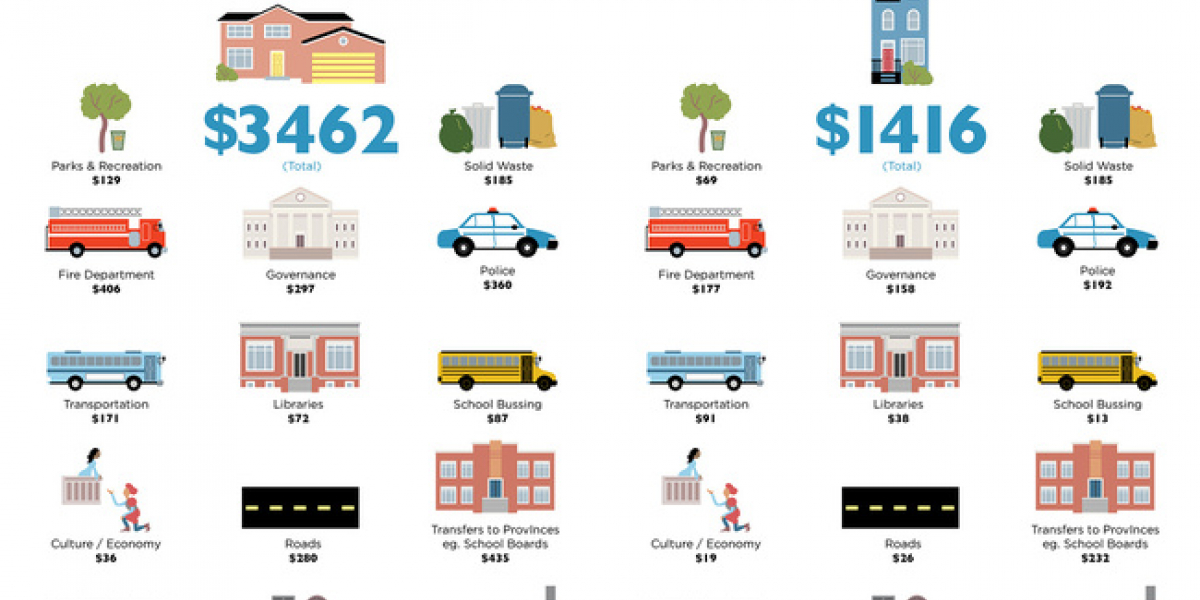
We tend to think of the cost of a house as only the price of the mortgage. But in reality, adding more houses to a community requires a lot more than the buildings. Sidewalks, water and wastewater pipes, schools and libraries, police and fire protection, and of course, roads. And whether the costs are paid by the homeowner, the local government, or businesses, the lower density in the suburbs leads to higher costs to operate, maintain and replace all these services.
These examples are taken from a recent study in Halifax Regional Municipality.
As you can see, the true cost of that lower mortgage isn’t so low, after all. Add to this the costs to our health, and to our environment, which don't end up on any ledger book. These impacts are not negligible. A study from Toronto suggests that air pollution from traffic accounts for a quarter of air-pollution related deaths, and costs $2.2 billion a year. People living in the suburbs drive, on average 3 times more than people living downtown.
The good news is, there is a tremendous amount of thought being given to how we can better organize- and pay for- our cities, by the municipalities profiled in our report and many others. And building safer, healthier, more livable cities starts with an accounting of the true costs of sprawl.
Read SP's recent report on Suburban Sprawl here.